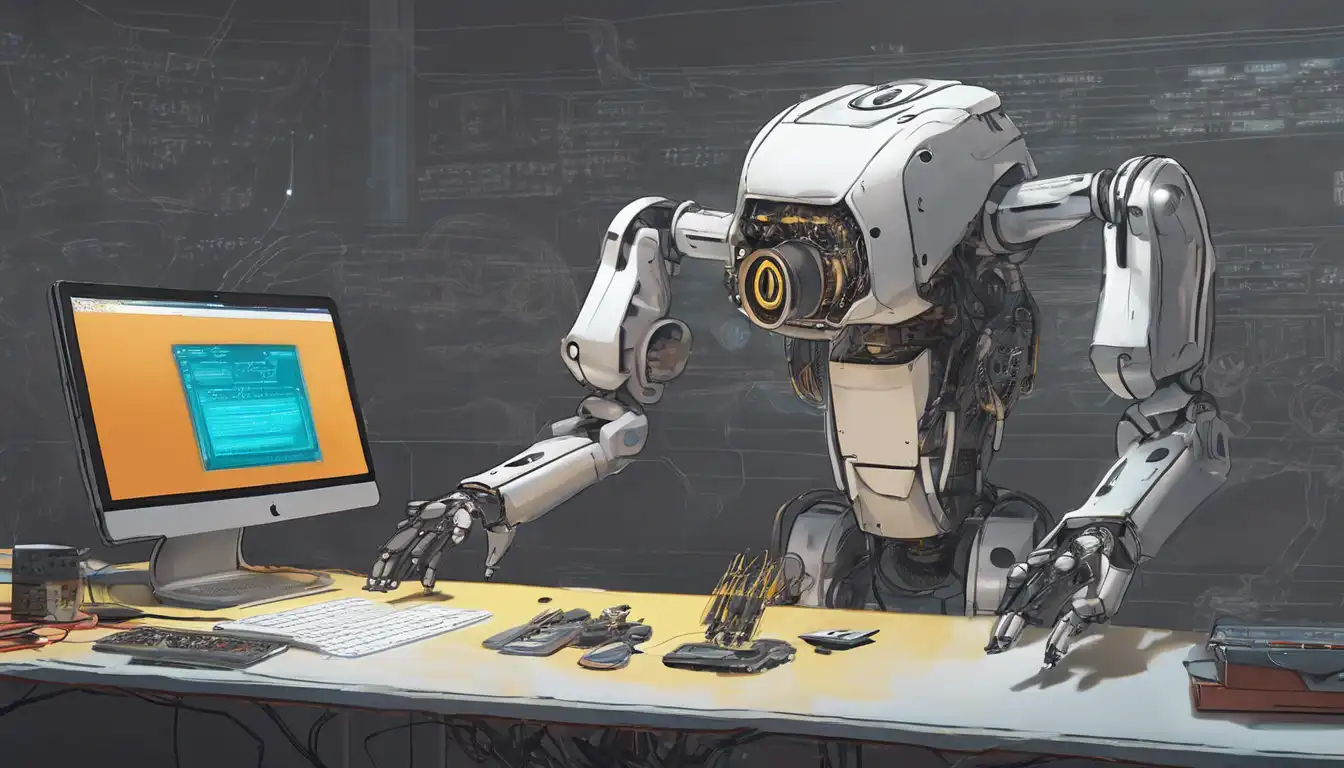Introduction to Robotics Programming
Robotics programming is an exciting field that combines the creativity of designing robots with the technical challenge of programming them to perform tasks. Whether you're a hobbyist looking to build your first robot or a professional aiming to enhance your skills, this guide will provide you with the foundational knowledge needed to get started.
Understanding the Basics
Before diving into robotics programming, it's essential to grasp the basics of both robotics and programming. Robotics involves the design, construction, operation, and use of robots, while programming is the process of creating instructions for computers or robots to follow. Combining these two fields allows you to bring robots to life.
Choosing the Right Tools and Languages
Selecting the appropriate programming language is crucial for robotics. Popular languages include Python, due to its simplicity and readability, and C++, known for its performance and control. Additionally, platforms like Arduino and Raspberry Pi offer great starting points for beginners, providing both hardware and software support.
Setting Up Your Development Environment
To start programming robots, you'll need to set up a development environment. This includes installing the necessary software, such as an Integrated Development Environment (IDE) like Arduino IDE or PyCharm, and ensuring your hardware is compatible. For more advanced projects, consider exploring ROS (Robot Operating System), a flexible framework for writing robot software.
Your First Robotics Project
Begin with a simple project, such as programming a robot to move in a straight line or avoid obstacles. This will help you understand the fundamentals of robotics programming, including sensor integration and motor control. Remember, the key to learning is experimentation and iteration.
Advanced Topics and Resources
Once you're comfortable with the basics, you can explore more advanced topics like machine learning in robotics, computer vision, and autonomous navigation. There are numerous resources available online, including tutorials, forums, and courses, to further your knowledge and skills in robotics programming.
Conclusion
Robotics programming is a rewarding field that offers endless possibilities for innovation and creativity. By starting with the basics, choosing the right tools, and engaging in hands-on projects, you can build a strong foundation in robotics programming. Remember, the journey of learning is continuous, and there's always something new to discover in the world of robotics.
For those interested in diving deeper, check out our advanced robotics programming guide for more insights and tips.
